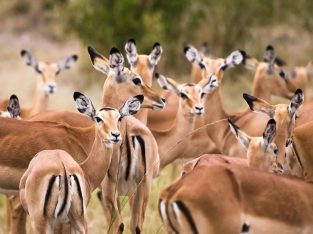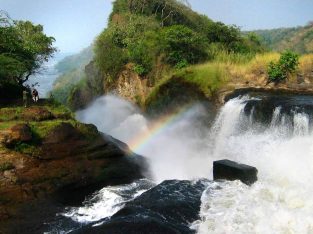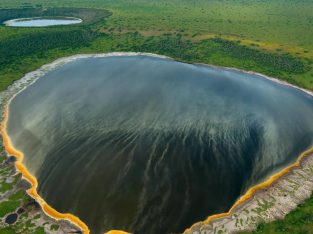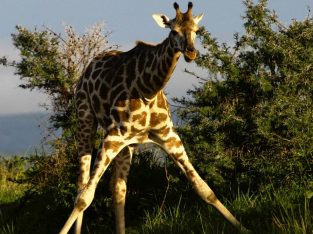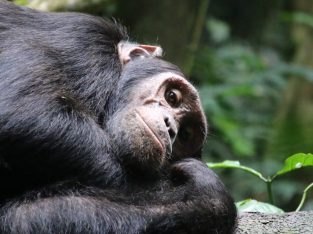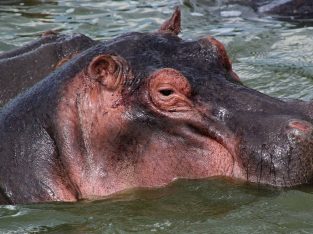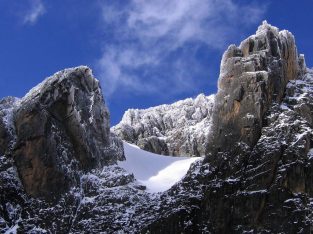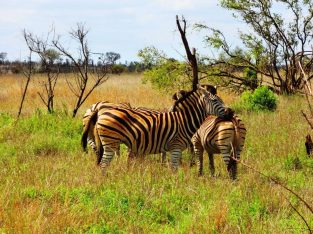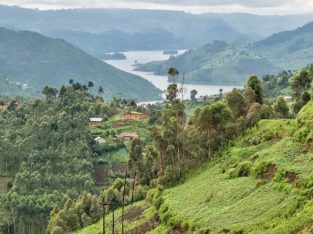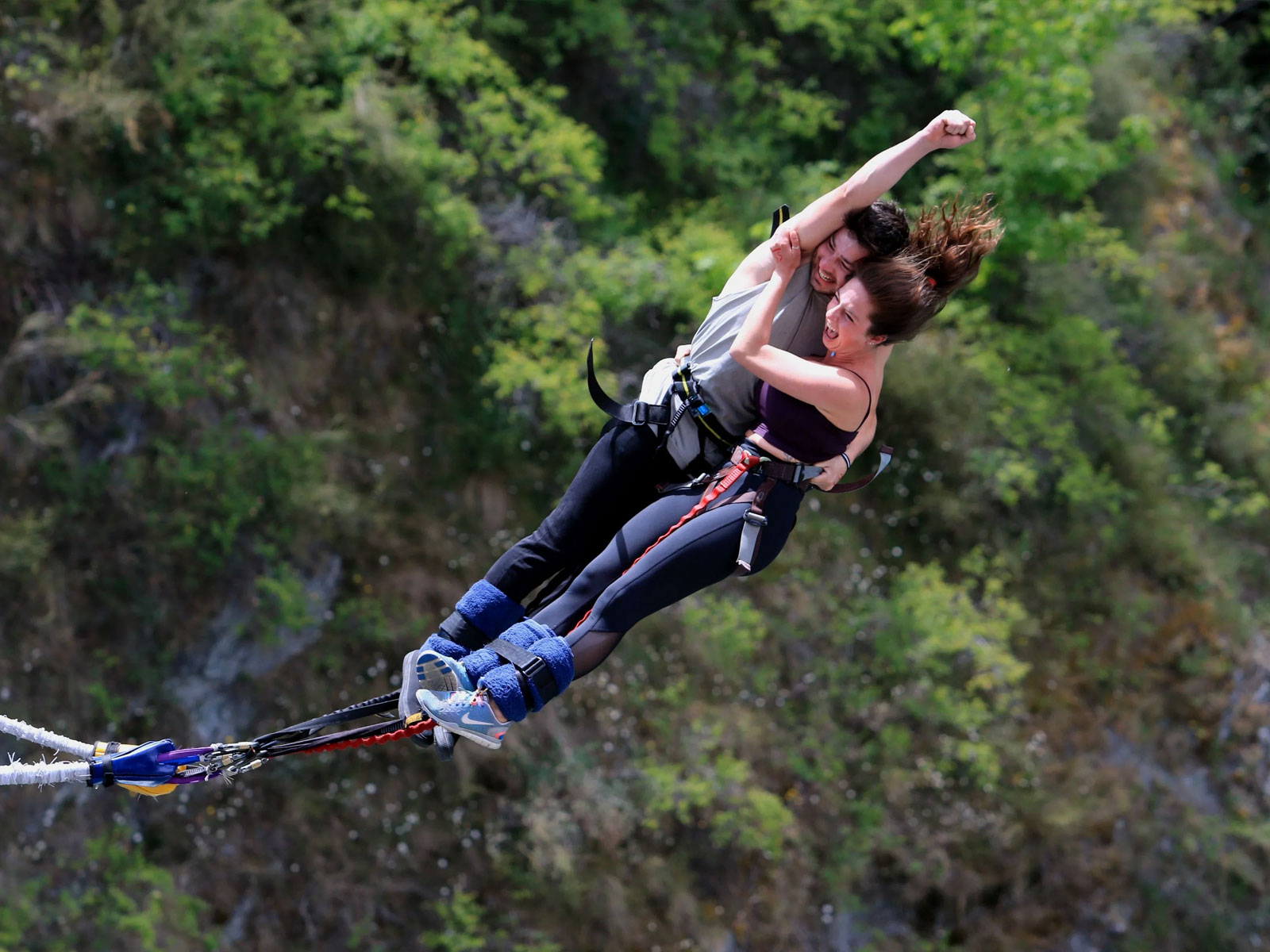The Nile
The Blue Nile is thought to be between 5 and 9 kilometers deep. Both the White Nile and the Blue Nile are natural water sources that flow from Uganda’s Lake Victoria and Lake Albert. They also converge near Khartoum to form the core of the Nile, which is composed of cascading Niles along the Egyptian Nile. The word “Nile” is derived from the Greek “Neilos” and the Latin “Nilus,” both of which mean “valley” or “river valley.” However, the Nile has numerous great rivers that are known to flow from both the south and north, and it frequently floods during the warmest time of the year, which presented a conundrum to the ancient Egyptians and Greeks. In the past, the river was called Ar or Aur by the ancient Egyptians. This name refers to the color of the sediment transported by the river during floods and means “Black.”
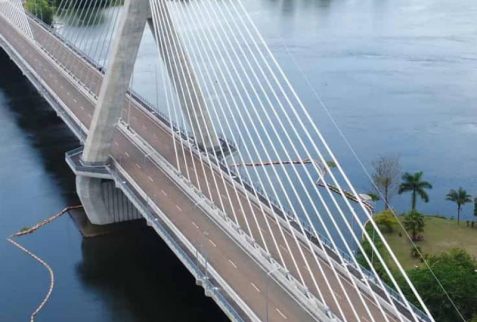
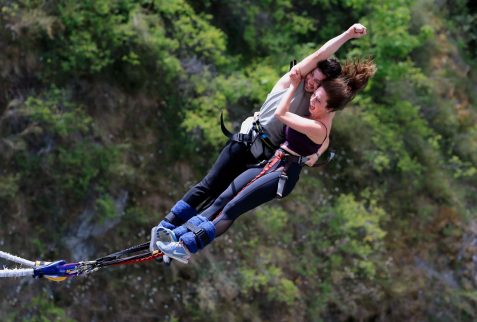
The Nile mud is sufficiently dark to have given the region its ancient name, “Kemi,” which means “black,” but it also exhibits a dark activity. The Nile is now referred to as Al-Bahr and Bahr or Al-Nile and is the country of Egypt and Sudan. In accordance with recorded history, John Hanning Speke found the source of the Nile on August 3, 1858. He was the West Country-born son of an armed officer, and in 1844, when he was just seventeen years old, he enlisted in the East India Company’s army. Later, in 1854, he made the decision to travel to East Africa as part of an expedition led by Captain Richard Burton, who had returned on purpose from Mecca the year before as an Arab pilgrim. The Royal Geographical Society had planned a second trip to East Africa for John Speke and Burton in 1856. During his expedition inland from the coast opposite Zanzibar in the early months of 1858, he made the discovery of Lake Tanganyika.
The Nile mud is sufficiently dark to have given the region its earliest name, “Kemi,” which means black, but it also exhibits a dark activity. Egypt is the nation of the Nile. For John Speke and Burton, the Royal Geographical Society had organized a second voyage to East Africa in 1856. He discovered Lake Tanganyika and Sudan on his voyage inland from the coast opposite Zanzibar in the early months of 1858; these regions are today known as Al-Bahr and Bahr or Al-Nile. In accordance with recorded history, John He was the West Country’s son of a military officer, and in 1844, when he was just seventeen years old, he enlisted in the East India Company’s army. Later, in 1854, he made the decision to travel to East Africa as part of an expedition led by Captain Richard Burton, who had returned on purpose from Mecca the year before as an Arab pilgrim. The Royal Geographical Society had planned a second trip to East Africa for John Speke and Burton in 1856. During his expedition inland from the coast opposite Zanzibar in the early months of 1858, he made the discovery of Lake Tanganyika.Hanning Speke found the source of the Nile on August 3, 1858.
Good to Know
Country
Visa Requirements
Languages spoken
Currency used
To reach Lake Kyoga, the Nile travels 130 kilometers to the north. The final stretch of the river, which is thought to be 200 kilometers long and begins at the western beaches of the lake, travels initially to the west before turning north just south of Masindi port. The remaining portion then flows to the west through Murchison falls and reaches the northern beaches of Lake Albert where it expresses a notable river delta. After making a decent half circle to the north and east until Karuma falls.
The Albert Nile, which extends to the north of Uganda, is also part of it. Despite being a difficult location to visit, the Nile’s source is where the river begins its long journey to the Mediterranean Sea, making a trip there a great opportunity to see the longest river in the world and the largest white-water lake in Africa, both of which offer a variety of thrilling activities. These include white-water rafting, horseback riding, jet skiing, kayaking, swimming, and quad biking.
Before exploring the white water pools where one may take a break, rest, and swim, viewing some bird species and wildlife in this warmest region, rafters can experience a good thrill and a pleasurable experience unlike any other on the Nile rapids. Among the several activities carried out in Uganda along this section of the River Nile, this one is unfamiliar. A unique experience for those who feel the want to escape, bungee jumping allows the tourist to kiss the colorful Nile at a distance of about 40 meters from the high ground. It can be paired with other fantastic activities on your Uganda Safari Tours because it doesn’t take very long. Kayaking on the River Nile is popular. The only way to truly enjoy the trip on the Nile is by kayaking. In addition, kayaking is done on low water levels with a boat and a method of paddling that involves facing forward while using your legs to propel a double-bladed paddle and pulling back and forth to choose the direction. A traveler can watch the nearby countryside, settlements, exotic birds eating fish, and you can even kayak the Nile with breathtaking landscape all around while engaging in this thrilling adventure.
The Nile is safe for swimming because it is devoid of bilharzia, contagious illnesses, and harmful creatures like hippos and crocodiles. One enjoyable activity to do in Jinja on a beautiful afternoon is quad biking. As you travel through the countryside on your route to work, you may see the ordinary Ugandan, some of whom are going to their gardens while the kids cheer you on.
To participate in all these thrills, a traveler should have booked their trip to Jinja well in advance of their arrival in Uganda. We can package your trip with the proper attention, making reservations for you at accommodations with top-notch amenities, among other things. Depending on the weather in Uganda, visitors can visit the Nile’s source at any time of the year. Beautiful lodging options surround the Nile’s source, and the expansive view of the river is wonderful. Luxury, cheap, and mid-range accommodations include Gately on the Nile, The Mansion Hotel, Jinja Safari Camp, Al-Nisaa Hotel and Spa, Royal Park Hotel, and Emirina, Travel Hotel, Living Water Resort, Casa Mia Baliidha, Jinja Base Camp, Nile Front Cottages, and Living Water Resort.
The distance from Uganda’s major city, Kampala, to the source of the Nile is only a few kilometers, and it takes two hours and twelve minutes on a surface road that goes via Lugazi.
